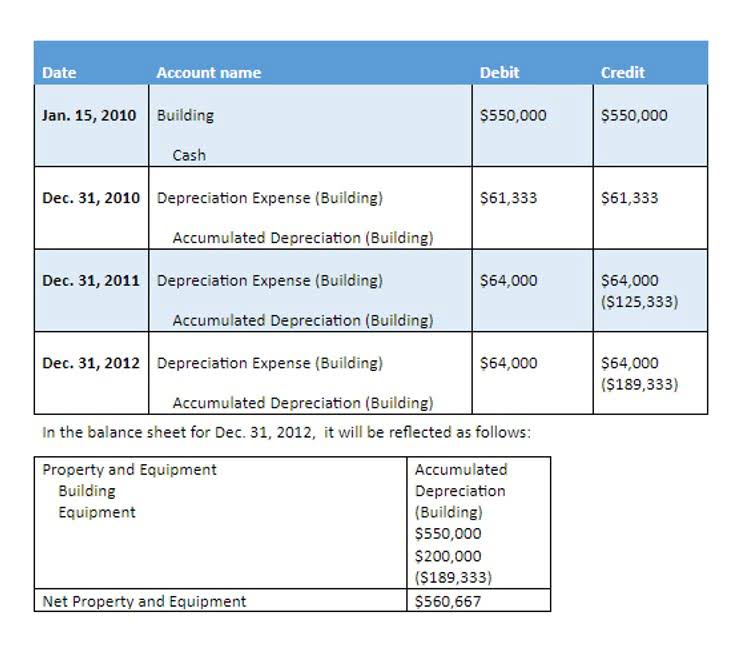Long-term debt-to-equity ratio is an alternative form of the standard debt-to-equity ratio. With the long-term D/E, instead of using total liabilities in the calculation, it uses long-term debt and divides it by shareholder equity. Thus, in this variation, short-term debt is not included in the long-term debt-to-equity calculation. A high debt-to-equity ratio generally means a company is using more borrowing to finance its operations, implying greater risk. This is common in startups or fast-growing businesses, where substantial risk can come with high potential rewards.
- When making comparisons between companies in the same industry, a high D/E ratio indicates a heavier reliance on debt.
- A D/E ratio less than 1 means that shareholders’ equity is greater than total liabilities.
- Some examples of debt are bank loans, bonds issued, lease obligations, trade finance facilities, other non-bank loans, etc.
- Thus, shareholders’ equity is equal to the total assets minus the total liabilities.
Although debt financing is generally a cheaper way to finance a company’s operations, there comes a tipping point where equity financing becomes a cheaper and more attractive option. A higher D/E https://intuit-payroll.org/ ratio means that the company has been aggressive in its growth and is using more debt financing than equity financing. For example, let us say a company needs $1,000 to finance its operations.
Let’s say company XYZ has a D/E ratio of 2.0, it means that the underlying company is financed by $2 of debt for every $1 of equity. The D/E ratio includes all liabilities except for a company’s current operating liabilities, such as accounts payable, deferred revenue, and accrued liabilities. These are excluded from the D/E ratio because they are not liabilities due to financing activities and are typically short term. A company with a D/E ratio greater than 1 means that liabilities are greater than shareholders’ equity. A D/E ratio less than 1 means that shareholders’ equity is greater than total liabilities.
From Year 1 to Year 5, the D/E ratio increases each year until reaching 1.0x in the final projection period. Lenders and investors perceive borrowers funded primarily with security assurance services equity (e.g. owners’ equity, outside equity raised, retained earnings) more favorably. Upon plugging those figures into our formula, the implied D/E ratio is 2.0x.
Does the D/E ratio account for inflation?
This calculation gives you the proportion of how much debt the company is using to finance its business operations compared to how much equity is being used. A steadily rising D/E ratio may make it harder for a company to obtain financing in the future. The growing reliance on debt could eventually lead to difficulties in servicing the company’s current loan obligations. Very high D/E ratios may eventually result in a loan default or bankruptcy. To get a clearer picture and facilitate comparisons, analysts and investors will often modify the D/E ratio. They also assess the D/E ratio in the context of short-term leverage ratios, profitability, and growth expectations.
If a D/E ratio becomes negative, a company may have no choice but to file for bankruptcy. They may note that the company has a high D/E ratio and conclude that the risk is too high. For this reason, it’s important to understand the norms for the industries you’re looking to invest in, and, as above, dig into the larger context when assessing the D/E ratio.
Cheaper Than Equity Financing
By using debt instead of equity, the equity account is smaller and therefore, return on equity is higher. When using D/E ratio, it is very important to consider the industry in which the company operates. Because different industries have different capital needs and growth rates, a D/E ratio value that’s common in one industry might be a red flag in another. Personal D/E ratio is often used when an individual or a small business is applying for a loan. Lenders use the D/E figure to assess a loan applicant’s ability to continue making loan payments in the event of a temporary loss of income.
The total liabilities amount was obtained by subtracting the Total shareholders’ equity amount from the Total Liabilities and Shareholders’ Equity amount. Debt-to-Equity ratio (also referred to as D/E ratio) is a financial ratio that indicates the proportion of debt and the shareholders’ equity used to finance the company’s assets. The D/E ratio also gives analysts and investors an idea of how much risk a company is taking on by using debt to finance its operations and growth. The debt-to-equity ratio is one of the most important financial ratios that companies use to assess their financial health. It provides insights into a company’s leverage, which is the amount of debt a company has relative to its equity. This tells us that Company A appears to be in better short-term financial health than Company B since its quick assets can meet its current debt obligations.
What Does the Value of Debt to Equity Ratio Interpret?
Some business analysts and investors see more meaning in long-term debt-to-equity ratios because long-term debt establishes what a company’s capital structure looks like for the long term. While high levels of long-term company debt may cause investors discomfort, on the plus side, the obligations to settle (or refinance) these debts may be years down the road. When a company uses debt to raise capital to finance its projects or operations, it increases risk.
Gearing ratios constitute a broad category of financial ratios, of which the D/E ratio is the best known. In short, the higher the debt to equity ratio, the riskier the business. Debt to equity ratio tells us where the business stands in terms of being able to repay this debt and continue operations.
For this reason, business analysts and investors may use the debt-to-equity ratio and other leverage ratios to help them assess whether a company’s debt load is good or bad. Debt-to-equity is a gearing ratio comparing a company’s liabilities to its shareholder equity. Typical debt-to-equity ratios vary by industry, but companies often will borrow amounts that exceed their total equity in order to fuel growth, which can help maximize profits. A company with a D/E ratio that exceeds its industry average might be unappealing to lenders or investors turned off by the risk. As well, companies with D/E ratios lower than their industry average might be seen as favorable to lenders and investors.
The D/E ratio is a crucial metric that investors can use to measure a company’s financial health. The debt-to-equity ratio, or D/E ratio, is a leverage ratio that measures how much debt a company is using by comparing its total liabilities to its shareholder equity. The D/E ratio can be used to assess the amount of risk currently embedded in a company’s capital structure. The debt-to-equity ratio or D/E ratio is an important metric in finance that measures the financial leverage of a company and evaluates the extent to which it can cover its debt. It is calculated by dividing the total liabilities by the shareholder equity of the company.
Because equity is equal to assets minus liabilities, the company’s equity would be $800,000. Its D/E ratio would therefore be $1.2 million divided by $800,000, or 1.5. For example, a prospective mortgage borrower is more likely to be able to continue making payments during a period of extended unemployment if they have more assets than debt. This is also true for an individual applying for a small business loan or a line of credit. If the business owner has a good personal D/E ratio, it is more likely that they can continue making loan payments until their debt-financed investment starts paying off.

